Destiny 2 has a lot of content for players, ranging from epic PvP battles with other players to intense shootouts with hordes of AI enemies if you fight alongside your friends. The game throws a lot of information at you when you start, and as a new or returning player, you might be a bit unsure of what playlists are and which ones you need to be doing to progress.
In this guide, we will detail the main playlists that you will be interacting with in Destiny 2, including their various game modes and details on what they entail.
Related: Destiny 2 Beginners Guide: Tips & Tricks, and Where To Start
What are Playlists in Destiny 2?
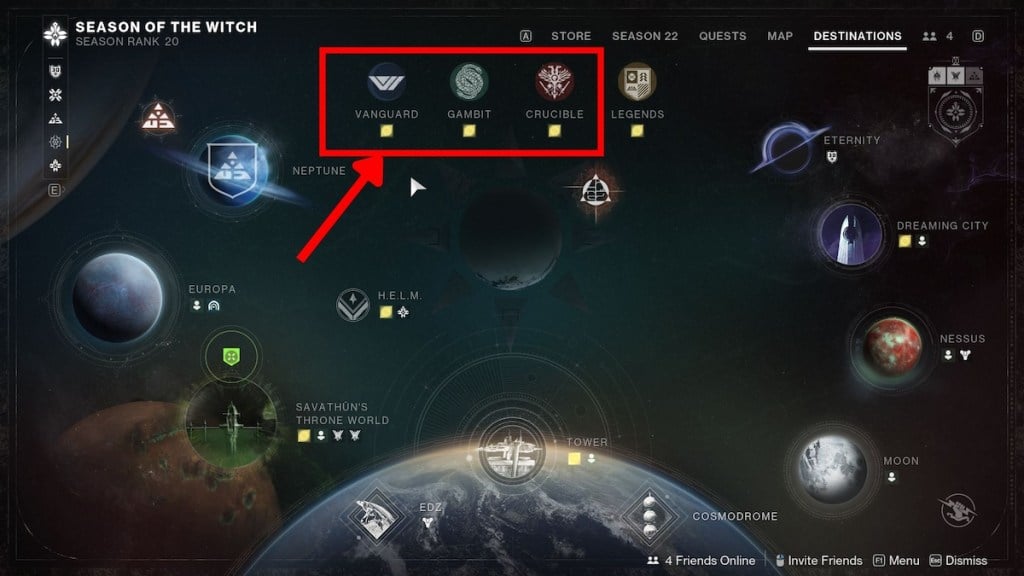
Playlists are one of the main pieces of content you will be doing in Destiny 2, and is where you will find a majority of the game’s content, be able to complete bounties, and work towards and unlock rewards for your guardian.
There are three main playlists in Destiny 2 you will be using: Vanguard, Crucible, and Gambit. Each of these has its own modes, gameplay, rewards, and bounties, and players are free to tackle them however they see fit, provided they have met the requirements, such as power level for more challenging content, and completed the New Light introduction quests. You can find these playlists in the Director across the top of the screen.
Vanguard
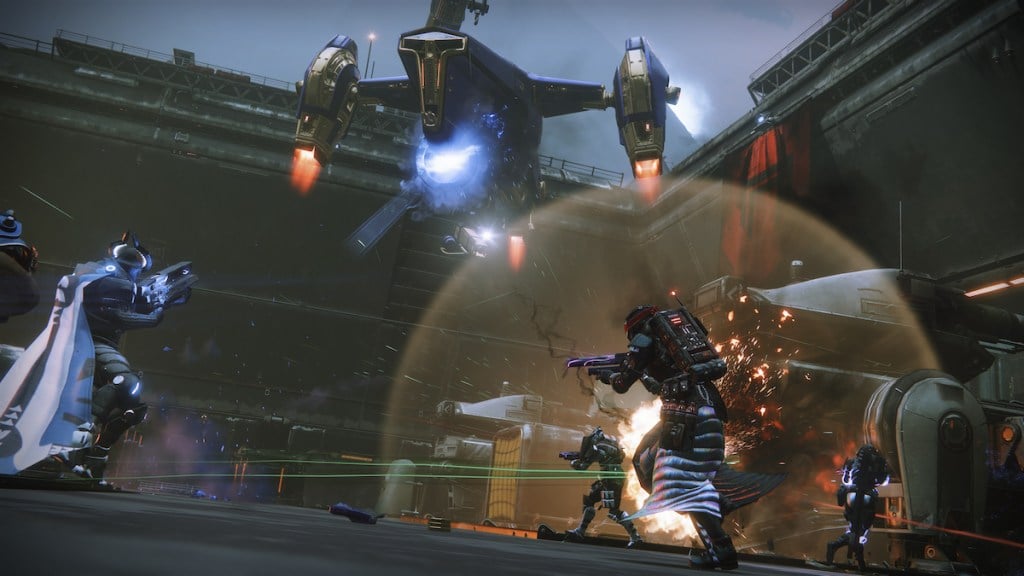
The Vanguard Playlists are where you will find your PvE content, namely Strikes. These are smaller, dungeon-like pieces of content that usually involve blasting your way through enemies in one of thegames many settings, all while earning rewards and getting to enjoy annihilating enemies with 2 other players.
There are three playlists under the Vanguard options, which are as follows:
- Vanguard Ops – Standard game mode that includes matchmaking and is your usual go-to, includes all available strikes, and randomly will place you into once along with your team. Includes modifiers that enhance certain game types and gameplay elements.
- Nightfall – Harder strikes that are limited to a single mission every week, usually taking a little longer to complete, and are a more challenging experience for players, including champion enemies and more modifiers. This mode has three difficulties, each with increasing challenge and rewards, which are:
- Hero (Recommended Power Level: 1770) – Includes matchmaking and the ability to change gear in the mission.
- Legend (Recommended Power Level: 1830) – This offers a greater challenge for players, does not include matchmaking, and locks your loadout, forcing you to stick with what you take into the mission. Offers greater rewards as a result.
- Master (Recommended Power Level: 1840) – Tougher version of Nightfall, with extra champions and shields on enemies, as well as more challenging combat with no matchmaking and locked loadouts. Offers the best rewards for players.
- Grandmaster Nightfall – The hardest version of Nightfall, locking in your loadouts, including multiple extra modifiers, and forcing you to completely restart the whole missions if you wipe, making this an extremely tough piece of content even for veteran players.
Completing these types of content will net you weapons, crafting materials, such as Enhancement Prisms, and chances for Engrams with increasing rarity and power as you take on tougher versions of the content. You can speak with Zovala in at The Tower to pick up bounties and claim Reputation rewards.
Crucible
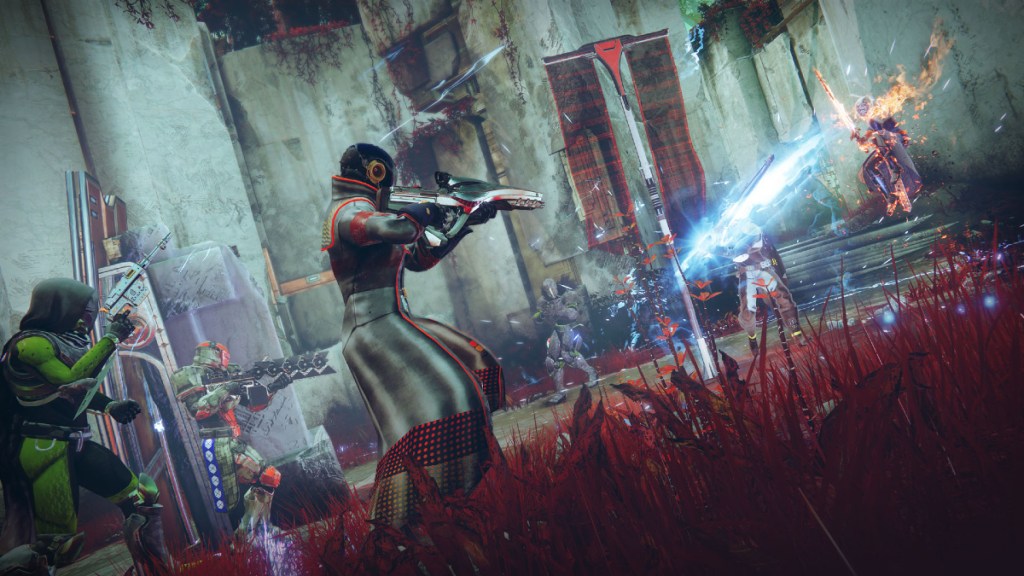
This is your PvP offering in Destiny 2 that features multiple permanent and rotating game modes for players to undertake to earn PvP-related rewards. There are multiple game modes for this playlist, including:
- Control – Domination style 6v6 mode which involves capturing areas to earn points and reaching 150 before the timer ends or you are the first to hit the goal.
- Survival – 3v3 mode where players must survive with a limited amount of lives for the team.
- Clash – 6v6 team deathmatch style mode, players must eliminate the enemy team to reach the score of 150 or have the most when the time runs out.
- Rumble – Free for all mode with 6 players. The first to score 2500 points wins.
- Elimination – 3v3 mode where each player has one life and revives are enabled. The team with the most surviving players wins the round. Best-of-five rounds.
- Showdown – 3v3 mode that features a best-of-five format, where players compete to reach 10 kills first, with revives possible and removing a point when a player is revived.
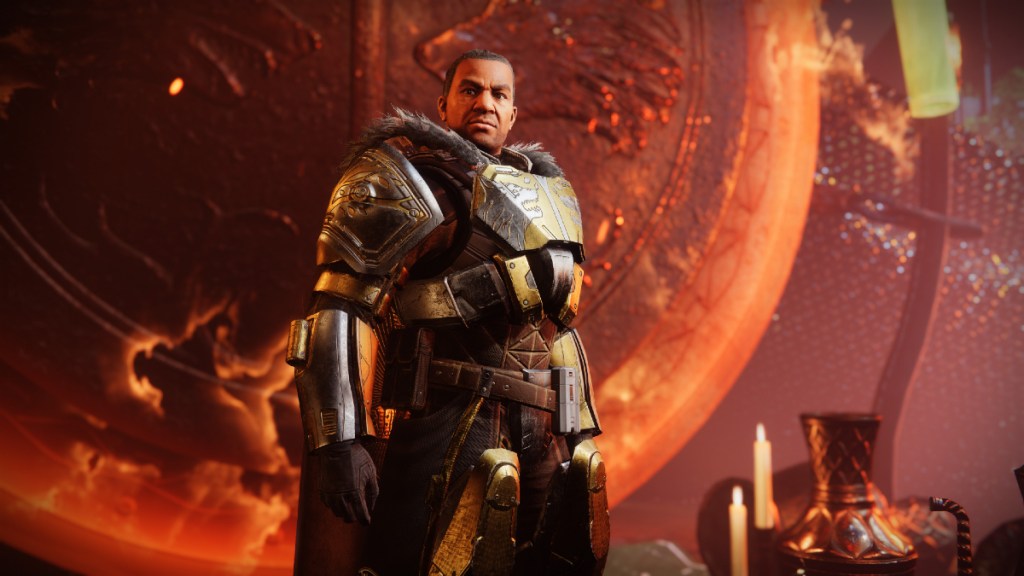
Along with these, there are several modes that feature special rules, rotate in and out depending on the week, and special events that come with additional playlists and rewards. These include:
- Crucible Labs – This mode features experimental game types with various rules that players can test, such as Checkmate, a new mode currently available that affects primary weapon damage and ability cooldowns.
- Iron Banner – A monthly event that features additional rewards and bounties to complete, features several of the game modes mentioned, as well as its own reputation and rewards.
- Trials of Osiris – A weekend-only PvP event where players have the chance to earn some of the most sought-after gear. Requires players to have the latest expansion (currently Lightfall) and purchase a Passage Ticket to take part.
Along with other content, completing matches in these playlists can advance your bounties, earn you rewards and reputation, and the ability to claim the competitive ladder if you are someone who enjoys the more competitive aspects of PvP. Talk to Lord Shaxx in The Tower to pick up bounties and claim rewards for PvP activities, and Lord Saladin during the Iron Banner Event.
Gambit
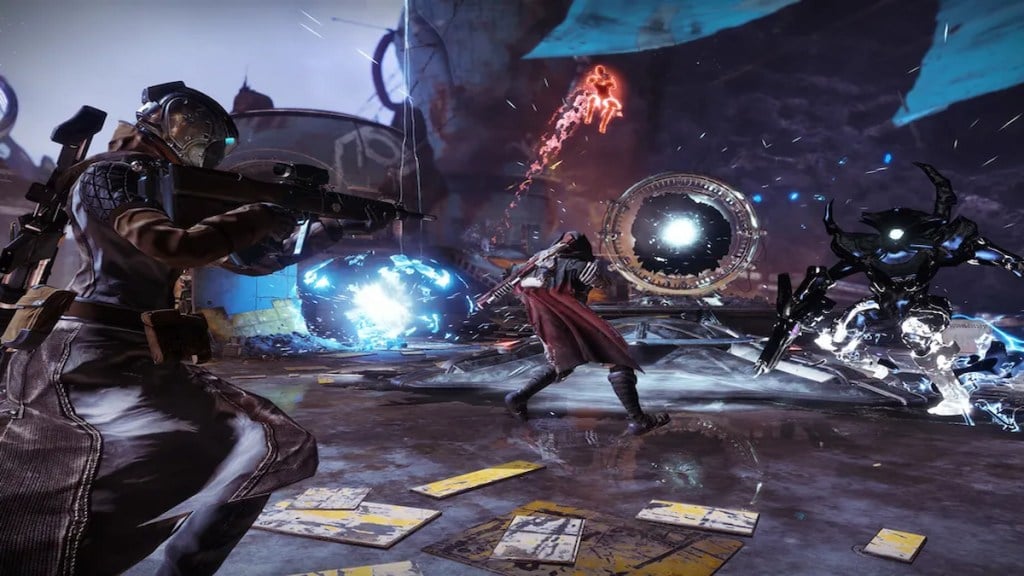
Gambit is a unique mode in Destiny 2 thanks to its PvPvE concept and involves tackling both AI and player enemies in one of the most interesting offerings the game has for players.
In this mode, players are tasked with defeating enemies to collect Motes, which they will deposit in a machine found at the center of their map. Players are able to carry 15 Motes at a time and lose them upon death, with a few dropped near their point of death. As players deposit these Motes, they will work towards the goal of 75 in order to summon a Primeval, a boss enemy that players will then need to kill, along with its Envoys in order to deal damage, with the team to destroy their Primeval first being the winner.
What makes this mode special is that both teams will be dropped into the same map, but in different instances, so they cannot see each other or interact until 25 Motes have been deposited, which will then allow a player to invade the enemy team world to eliminate them and slow their progress, as well as health the enemy Primeval by killing enemy players.
Related: Destiny 2 – Why Bringing Back Cayde-6 Is Proof Bungie Listens to Fans
Additionally, players can summon tough enemies called blockers to stop the enemy team from banking Motes, with different amounts summoning different enemies, these being:
- 5 Motes summons a Taken Vex Goblin
- 10 Motes summons a Taken Cabal Centurian
- 15 Motes summons a Taken Eliksni Captain
Also, having multiple Blockers alive will slowly drain an enemy team’s Motes, making it worthwhile to coordinate with your team.
Unfortunately, there aren’t any variations on this mode, and you can only play this version or a private match, but maybe in the future, we will see some new ways for this mode to be played. Talk with The Drifter on The Tower about bounties and rewards relating to Gambit.

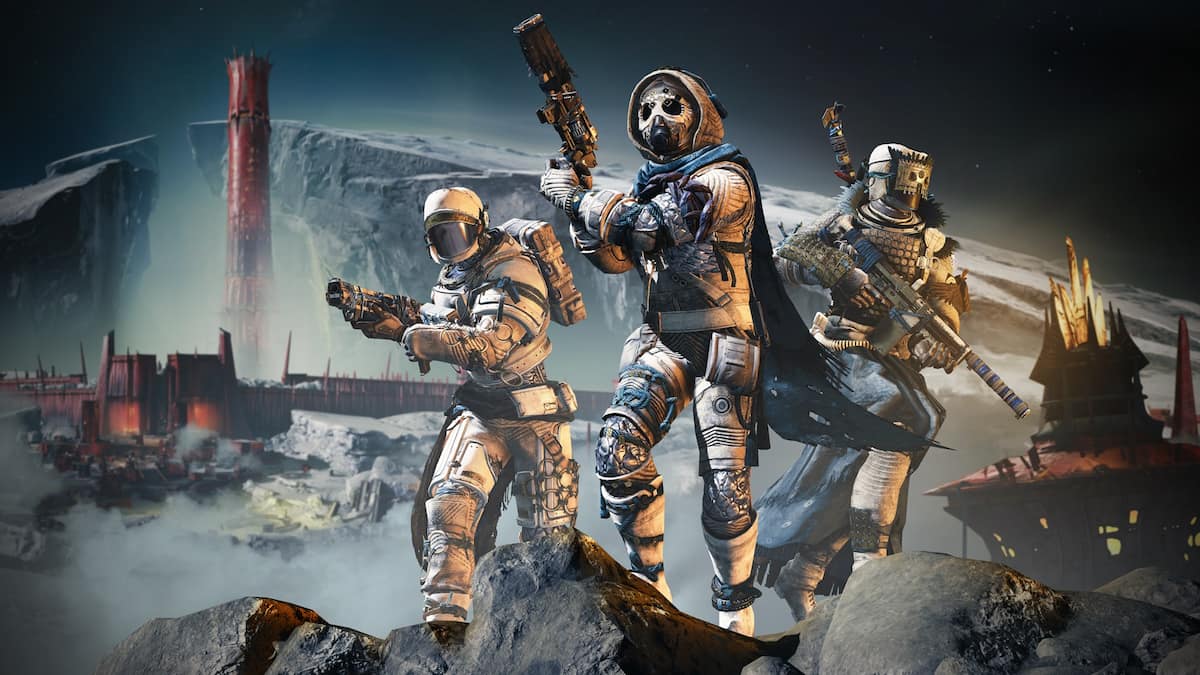
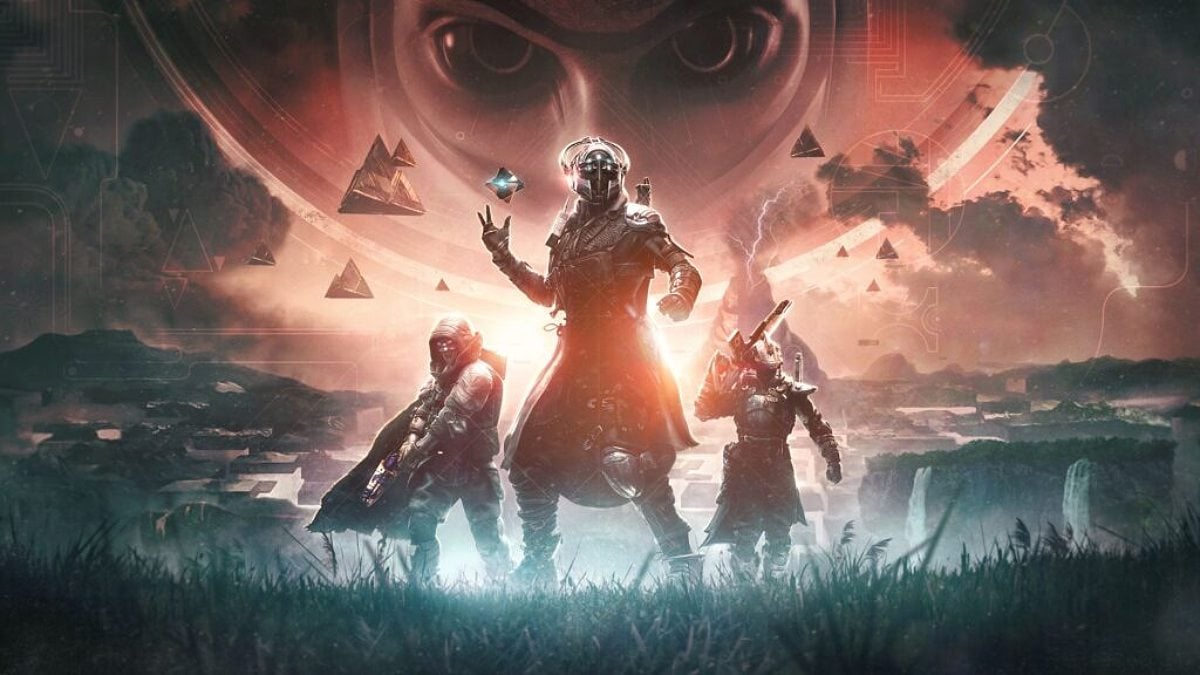
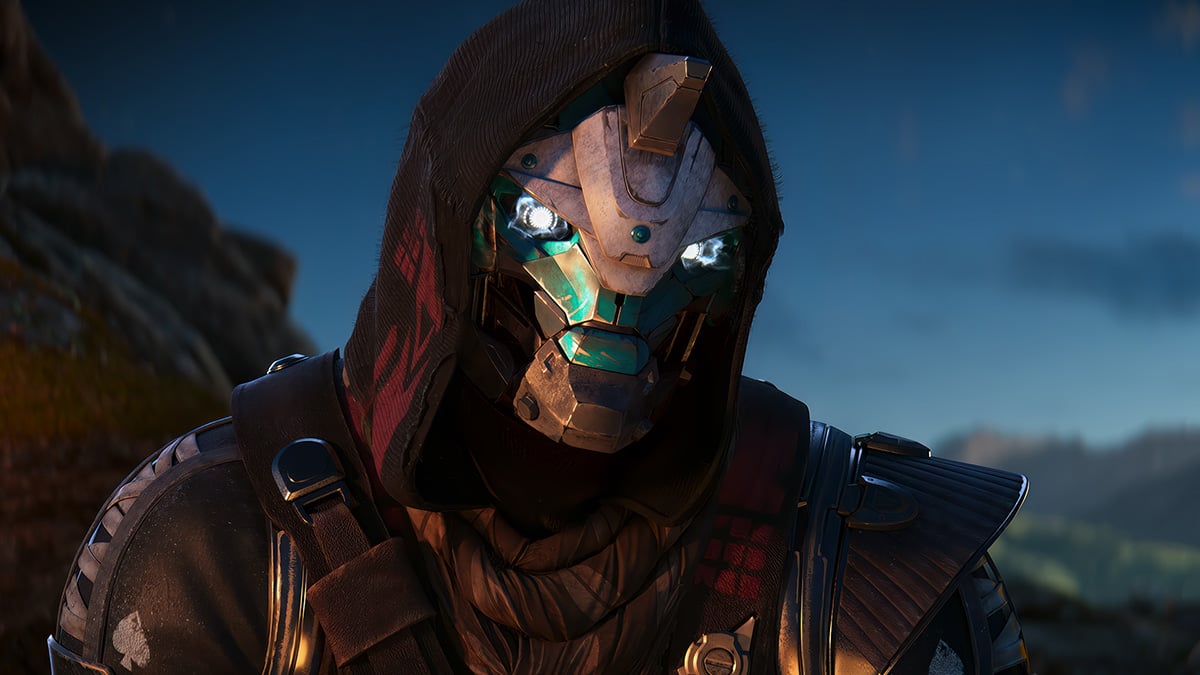

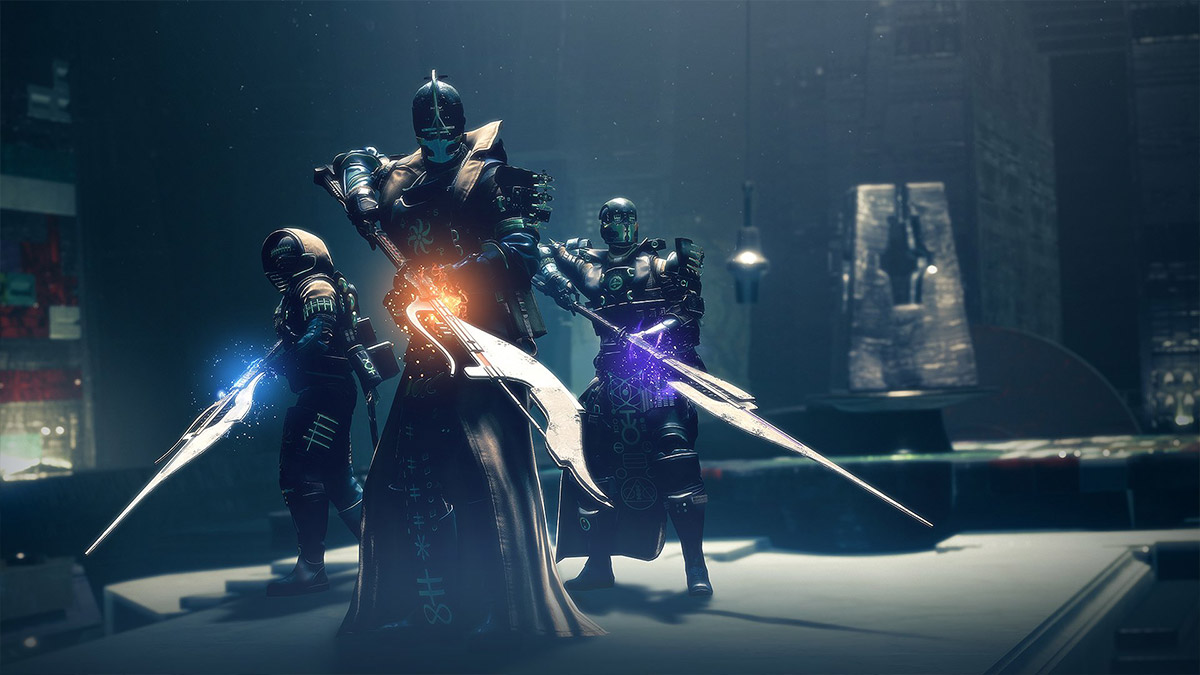
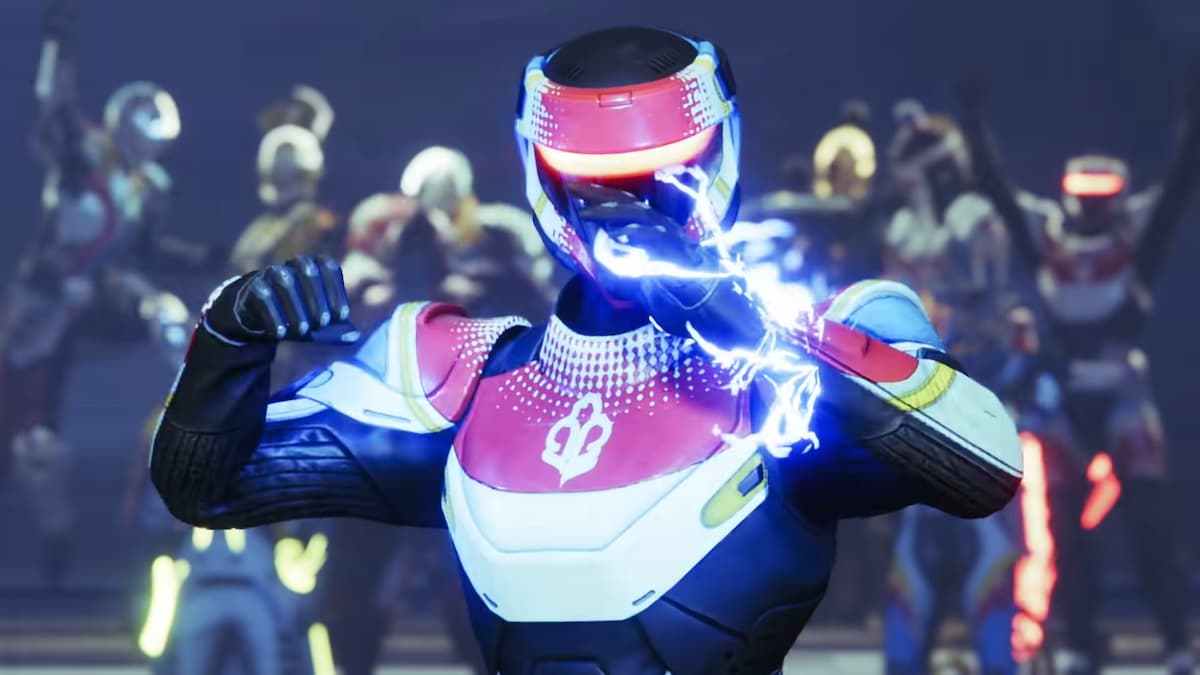
Published: Oct 11, 2023 08:12 pm